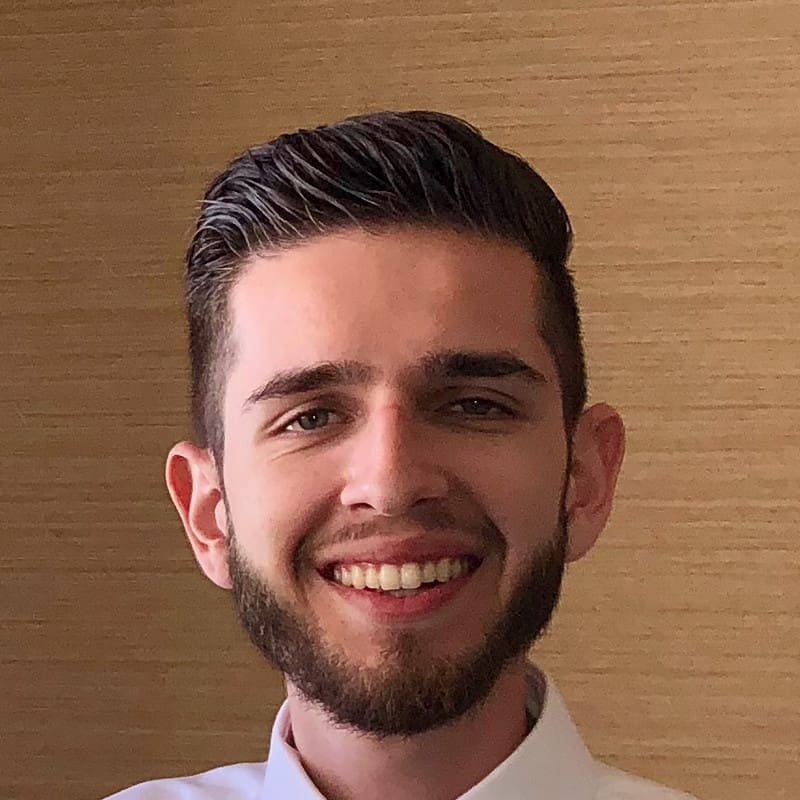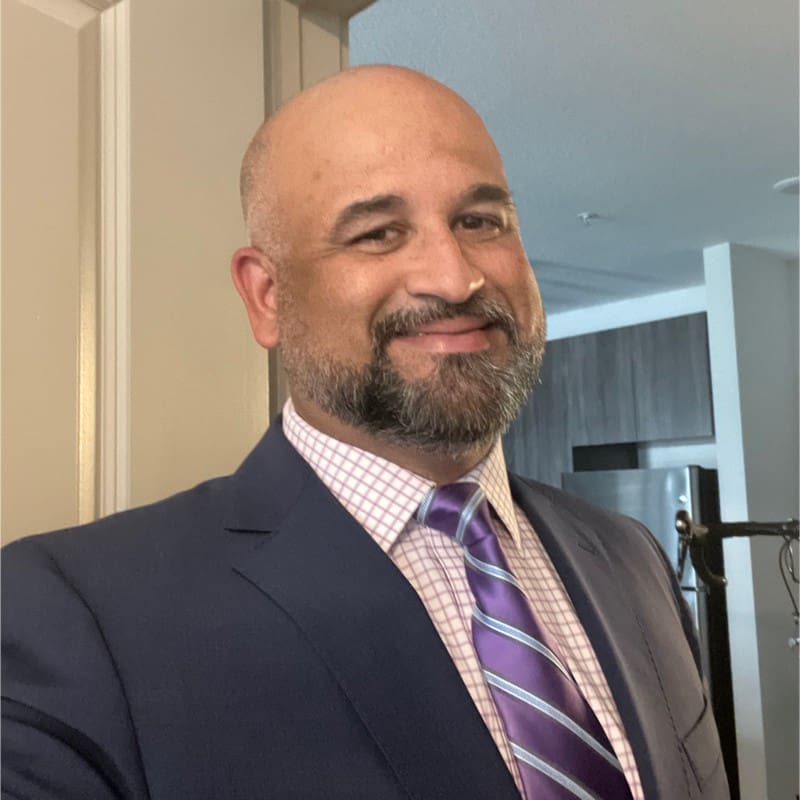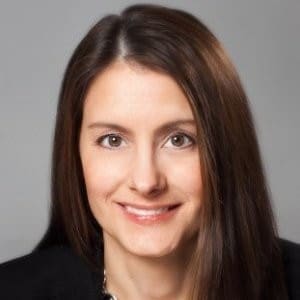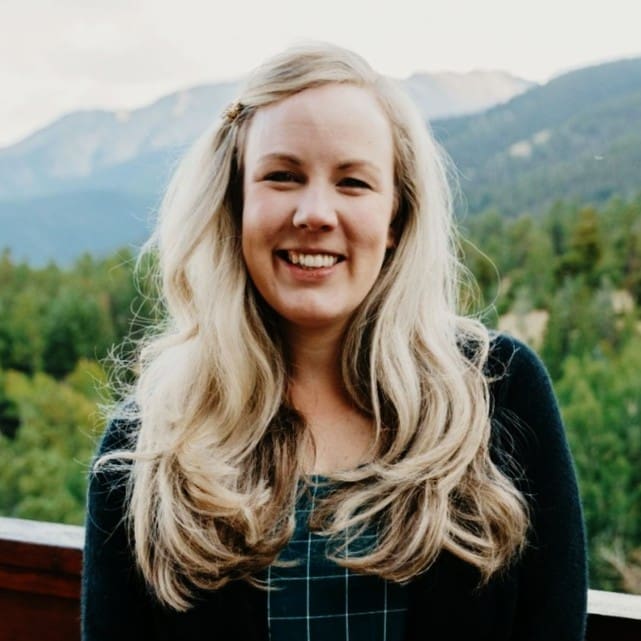HIRE Elite Tech
Talent. Fast.
Guaranteed.
Book a discovery call to connect with fully vetted nearshore or offshore engineers matched to your team, your stack, and your goals.
- Onboard in 10 days or less
- 30-day money-back guarantee
- Deep role specialization
- Lifetime recruitment guarantee







